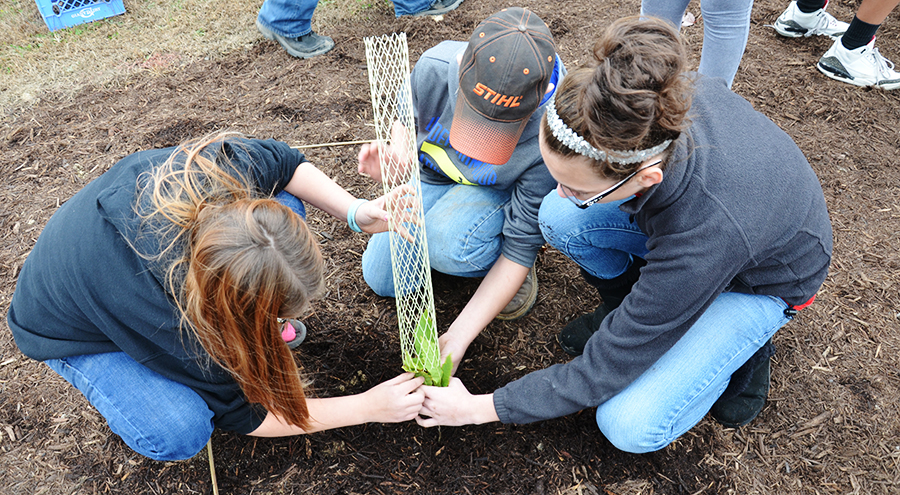HS-LS2-6
Standards: Life Science, Interdependent Relationships in Ecosystems
Performance Expectations: Evaluate the claims, evidence and reasoning that the complex interactions in ecosystems maintain relatively consistent numbers and types of organisms in stable conditions, but changing conditions may result in a new ecosystem.
Dimension |
Name and NGSS code/citation |
Specific Connections to Classroom Activity |
Science & Engineering Practices |
Obtaining, evaluating and communicating information |
Accessing information related to American chestnut ecology |
Crosscutting Concepts |
Stability and Change, Cause and Effect: Mechanisms and Explanation |
Accessing information related to American chestnut ecology |
Disciplinary Core Ideas |
LS2.C Ecosystem Dynamics, Functioning and Resilience |
Accessing information related to American chestnut ecology |






